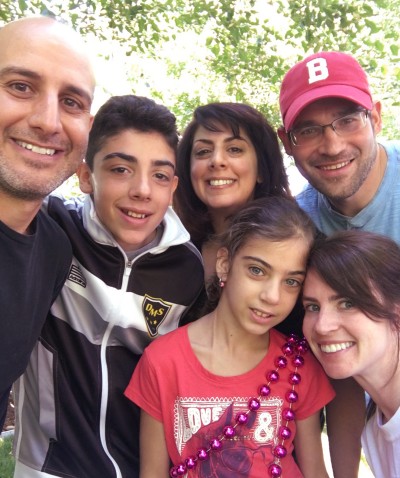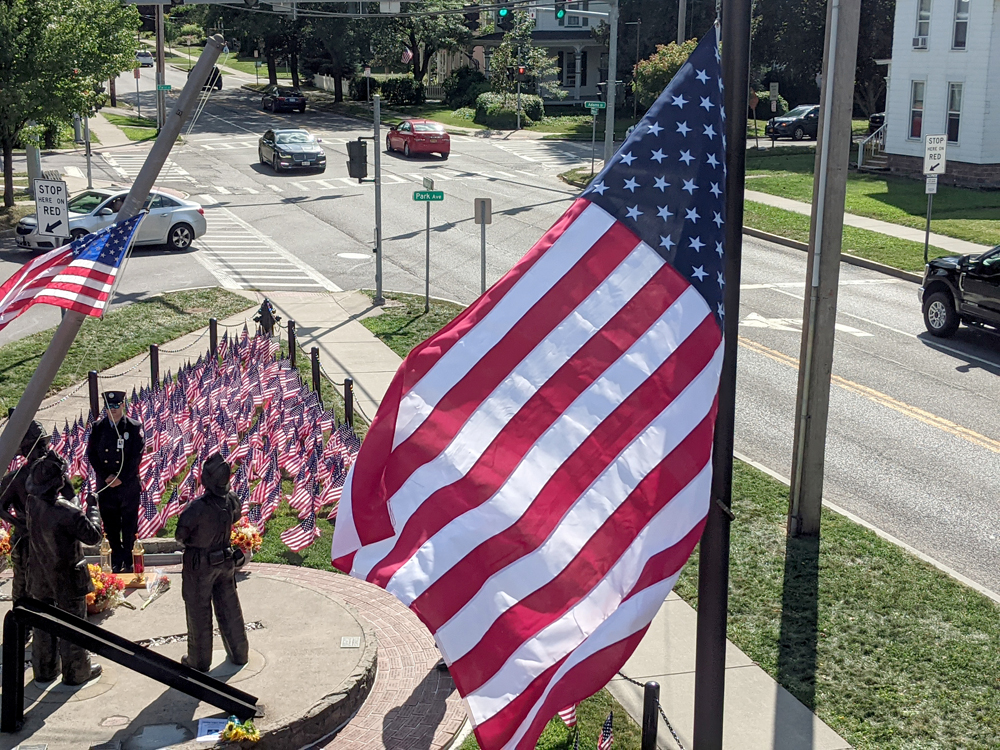Some good apples added to the basket
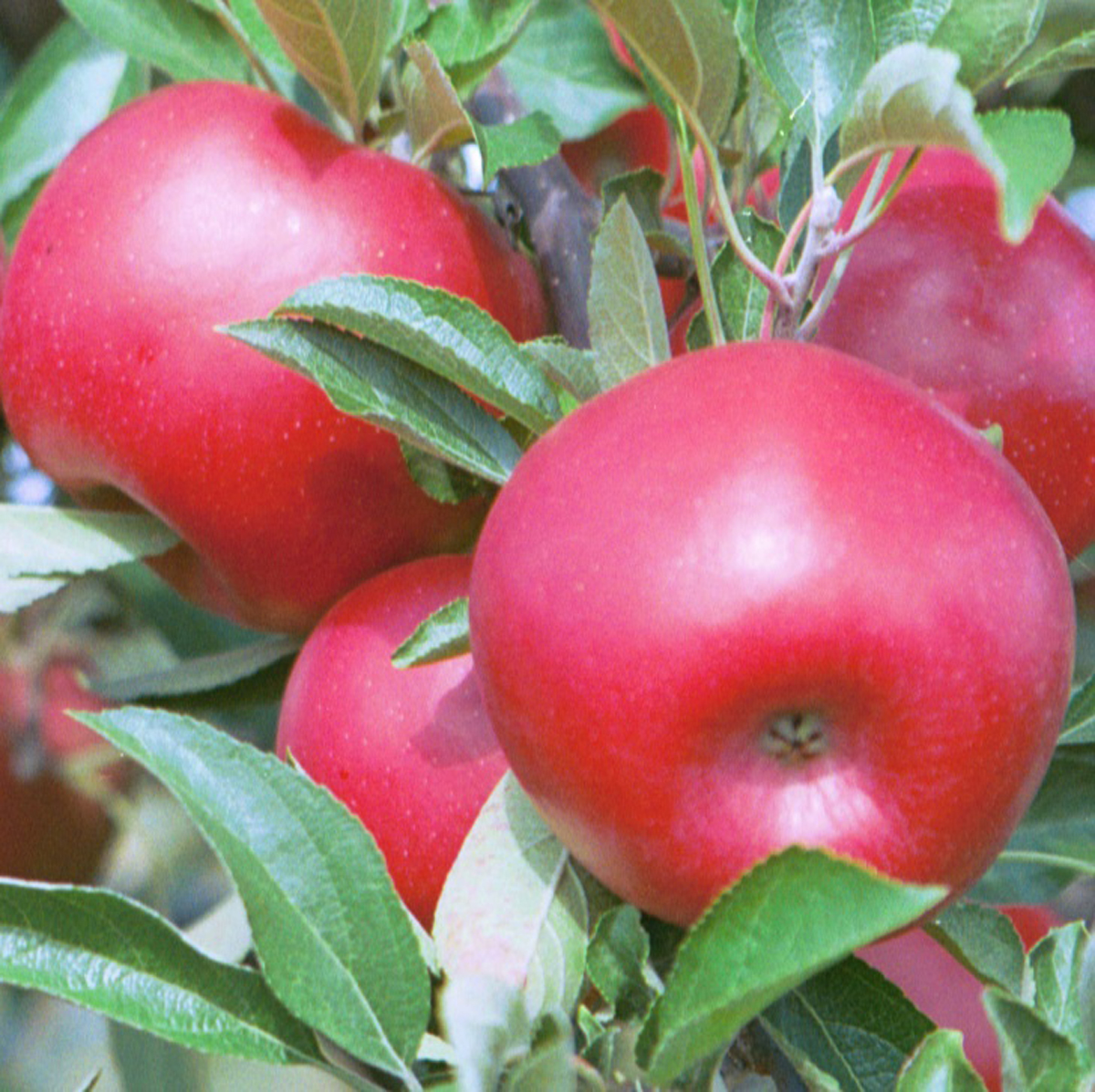
SnapDragon and RubyFrost new to apple harvest
As Western New York celebrates the apple this fall with festivals, apple picking, apple recipes and even apple décor, some local farmers will be adding to the excitement with two new apple varieties – the SnapDragon and RubyFrost.
The new varieties were introduced to the public in August and were a long time in coming. Dr. Susan Brown, professor of agriculture and life sciences at Cornell University and associate director of the NYS Agricultural Experiment Station, has been working on developing the SnapDragon for 10 years and the RubyFrost for 17 years.
“Once a cross is made, it takes about four to six years for the seedling to fruit,” said Brown. “As soon as we see fruit, we make identical clones by taking budding buds from the seedling onto new dwarfing rootstocks – that makes identical clones that can be tested at Cornell’s NYS Agricultural Experiment Station or in growers’ orchards.” Her controlled crosses find offspring that combine the good traits of the parents, but less of any faults they might have.
The apple breeding program at Cornell is one of the largest fruit breeding programs in the world. Brown’s objective is to develop new superior varieties for the apple industry with unique flavors, exceptional crispness, enhanced storage and shelf life, and resistance to disease and insects.
SnapDragon is described as crispy and juicy in texture with a spicy-sweet flavor that it gets from its Honeycrisp parent. Brown said that because the SnapDragon has an early harvest window and long shelf life, retailers may be able to offer it longer than the popular, but limited, Honeycrisp.
RubyFrost, which ripens later in the fall and stores well, is expected to be popular with fans of Empire and Granny Smith apples, Brown said. “It’s a fascinating apple, with a beautiful skin and a nice sugar-acid balance, but to me the crisp juiciness is rewarding every time.” The RubyFrost also has high vitamin C content.
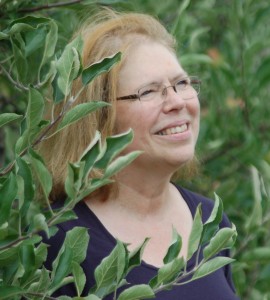
Three local growers will be offering the new varieties: Joseph Heberle Farms in Hamlin, Kirby’s Farm Market in Brockport and Partyka Farms in Kendall. In order to grow SnapDragon and RubyFrost, farmers must belong to New York Apple Growers (NYAG), which partners with Cornell University to help spread the word about Cornell’s new apple innovations and help NY growers, large and small, benefit from the science.
“With the partnership from NYAG, we had a commitment from the 144 growers to plant trees early in the process so over the last few years and going forward there will be approximately 900 acres of trees planted that will take us from direct market sales this year to grocery stores in 2014/2015,” explained Brown.
Tim Kirby of Kirby’s Farm Market received his first trees in 2011 – about 200 trees of each variety. He picked his first SnapDragons on September 24. “They’re very sweet, firm and red,” he said after biting into one. “They’re also grower friendly and the perfect size, about three inches.”
Kirby expects to begin picking the RubyFrosts later in October and will have both varieties available in limited quantities at his market. In all, he is devoting five acres of land out of about 60 acres on which he grows 15 varieties of apples.
Kirby said he became a member of NYAG because he likes to be involved with the new releases. “Everyone is always looking for the new and different, and the co-op gives us an opportunity to do that,” he said. In addition to giving him access to new varieties, NYAG provides farmers with support to grow them successfully and marketing to promote them. In turn, growers pay royalties on trees purchased, acreage planted and fruit produced.
NYAG developed the names, SnapDragon and RubyFrost, after extensive consumer research including taste testing to help determine positioning and branding, and surveying 1,000 consumers online to assist in the name selection.
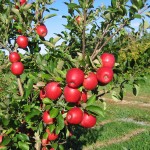
Jeff Partyka, owner of Partyka Farms, has been planting SnapDragons over the past couple of fall seasons on three acres of land. “We have a few Snaps this year that we will be handing out as samples at our market in Hamlin and at farmers markets in Batavia, North Chili and Brockport,” he said. The RubyFrost, which he planted in 2012, will be available for sampling next year.
John Burch, who owns Burch Farms in Hilton with his brother Jim, chose not to be a member of NYAG. “We pick good quality, productive, easy-to-grow varieties. Harvest time is a major consideration too,” he said. The early spring in 2012 caused crop failure from Michigan on eastward with New York’s usual 30 million bushel crop being reduced to 10 million, he noted. In addition to weather factors, Burch said time and cost are considerations when planting a new crop. “It takes about five to 10 years before a crop is in full production,” he explained. “And nowadays, it costs about $10,000 an acre to plant an orchard.”
Back at Cornell, Brown said that next varieties may be “managed” like the SnapDragon and RubyFrost, but others will be open to any grower to try in NY and elsewhere in the United States. She’s also working on some varieties that may be suited to home gardeners, with genetic resistance to apple scab – a fungal disease, and even some double flowered crab apples for landscape use.
9/29/13


